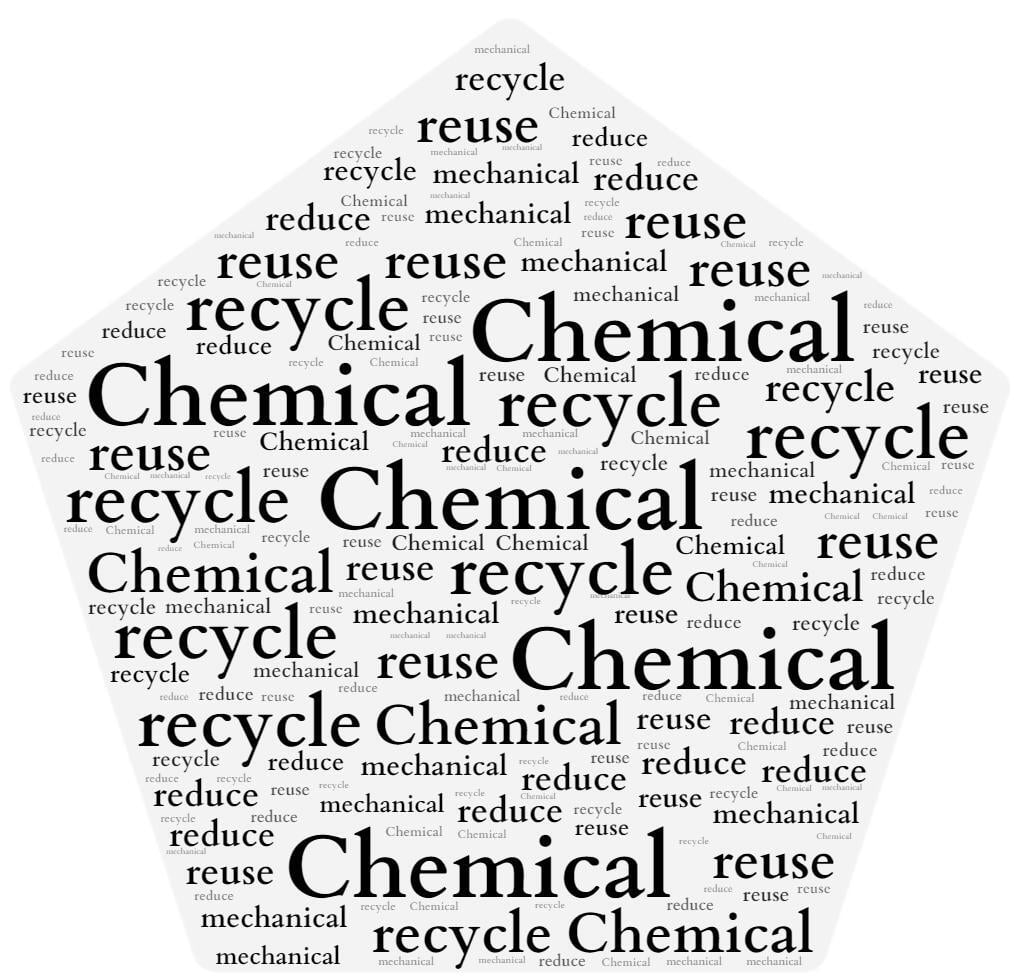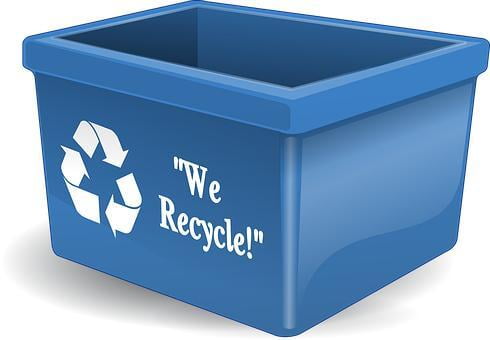On January 25, 2022, WWF released the report "Chemical Recycling Implementation Principles". The report states that only 9% of all plastic waste is recycled, and that the problem cannot be solved by recycling itself. In fact, due to technical and financial challenges, the Pew and Systemiq projects estimate that chemical recycling may only offset 5% of total virgin plastics demand by 2040. WWF believes we can't just focus on recycling, but should prioritize reducing overall consumption of single-use plastics as well as scaling up reuse. By implementing upstream solutions (reduction of consumption, reuse, etc.), we can better realize our vision of a "plastic-free nature".
However, as more and more people are looking at chemical recycling and investing in it, it is also particularly important to develop relevant implementation principles to ensure that new technologies make a real contribution to the circular economy.
The most common form of plastic recycling today is mechanical recycling, which includes sorting, washing, drying, and grinding. Chemical recycling, on the other hand, refers to recovery through various chemical processes, such as conversion, decomposition and purification.
The report says chemical recycling can theoretically recover more waste plastics than mechanical recycling, solve the global plastic pollution crisis, and also reduce dependence on fossil fuels, which is good for the environment. However, the concerns are, first, that this potential has not been proven; second, that there is a general lack of transparency and no reliable evidence base to verify their specific environmental impacts; and third, that there are risks to human health from these energy-intensive technologies. If these concerns are not addressed, then instead of fundamentally improving recycling rates, chemical recycling will increase carbon emissions. In the worst case scenario, it would destroy the recycling infrastructure already in place and also undo existing gains. And there is no concern for upstream solutions such as reduction and reuse, ultimately reducing investment.
As a result, to better promote chemical recycling processes and ensure net environmental and community benefits, WWF proposes the following ten principles, in no particular order.

1. Chemical recycling processes should not divert resources away from existing methods that have been proven to solve the global plastic pollution problem. Investment should be prioritized in two main directions: reducing single-use plastic consumption and expanding reuse. Any company that adopts a chemical recycling strategy should prioritize and act on investing in these upstream solutions. Chemical recycling should not divert attention from upstream solutions.
2. The chemical recycling process should demonstrate a reduced carbon footprint compared to the virgin resin production process. Any chemical recovery technology should reduce greenhouse gas emissions by at least 20% compared to virgin production systems. This reduction should be higher as chemical recycling technologies are upgraded and scaled up - global warming should be controlled, ideally to achieve a limit of 1.5 degrees Celsius above pre-industrial levels.
3. The recycling of chemical substances must not have a negative impact on the local community and should be proven to be safe and harmless to operate. Chemical recycling may involve high levels of heat and pressure and/or chemical solvents, producing hazardous residues that pose a risk to human health and must be carefully controlled. Chemical recovery technologies should not be used in the absence of effective, independent oversight and adequate resources.
4. Protect nature - chemical recycling technologies must not pollute the air, water and environment. While the technology is designed to solve the plastic waste crisis, there may be unanticipated risks. We cannot trade one problem for another. Chemical recycling should only be used if it yields a net environmental benefit.
5. Chemical recycling should complement existing waste management systems and not compete with mechanical recycling for feedstock. For existing viable plastics recycling value chains and infrastructure, they should continue to be used and scaled up. Chemical recycling should not disrupt established low-carbon systems. As a new processing method, this technology should only be used for waste plastics that cannot be mechanically recycled.

6. The plastic waste stream should be matched to the most environmentally friendly technology available. Considering the effective recovery rate of each recycling process, each waste stream needs to be directed to the most environmentally friendly process. In addition, chemical recycling operators need to be transparent with all types of information, including energy and water demand and yield information.
7. Only "plastic to plastic" chemical recycling is part of the recovery and circular economy. Activities such as the conversion of plastics into fuel should not be considered recycling and are not circular economy. Chemical recycling operators should not account for the portion of material that is converted to energy, fuel, or otherwise lost during processing as "recycling.
8. Chemical recycling systems should not convert recyclable materials into non-recyclable materials. In an ideal situation, chemical recycling upgrades raw materials and adds value to them. Using recyclable materials to produce non-recyclable materials is not a sign of supporting recycling.
9. Statements about chemical recovery should be true, clear and relevant. The statement should disclose the components recovered using mass balance methods, clearly distinguished from physical recovery. In addition, the components that can be recovered in practice should be indicated.
10. Chemically recycled plastics should be verified through the chain of custody. Since the public cannot distinguish between chemically recovered plastics and virgin plastics, it is necessary to introduce a third-party chain of custody as a reliable credential to ensure the authenticity of the quantity and distribution of chemically recovered components.

